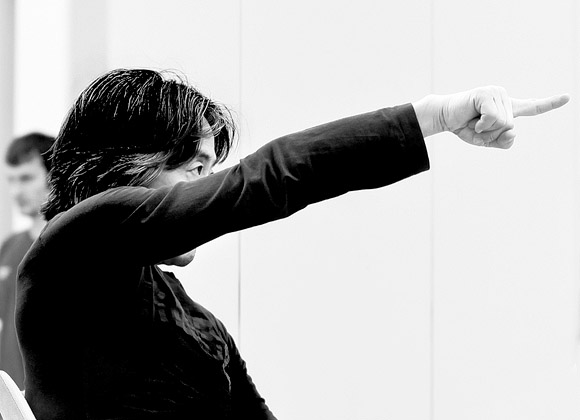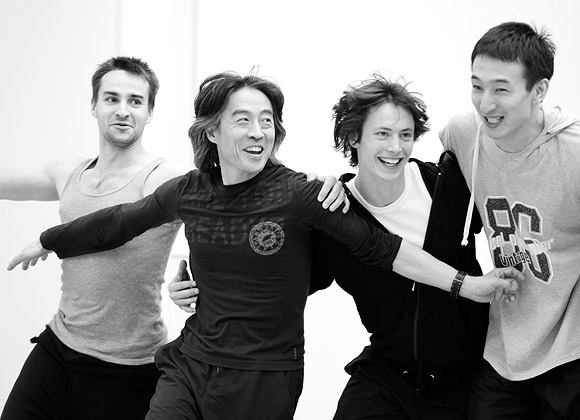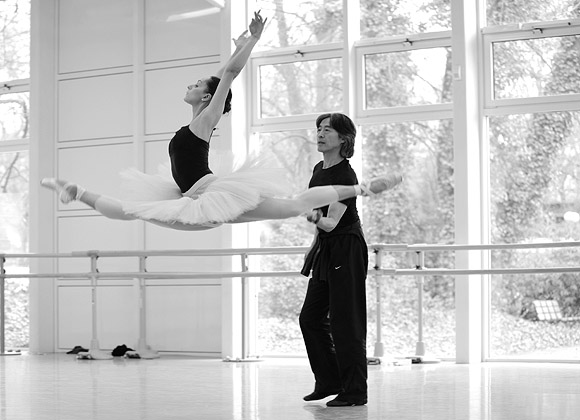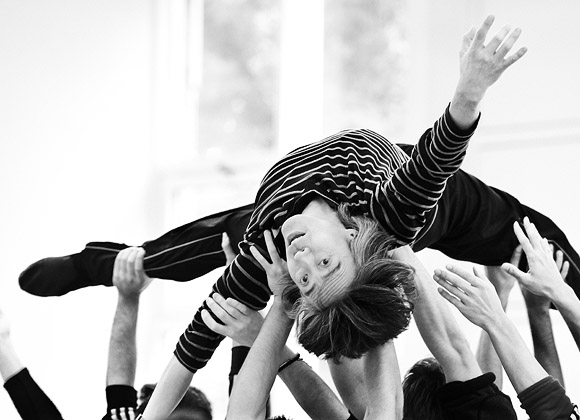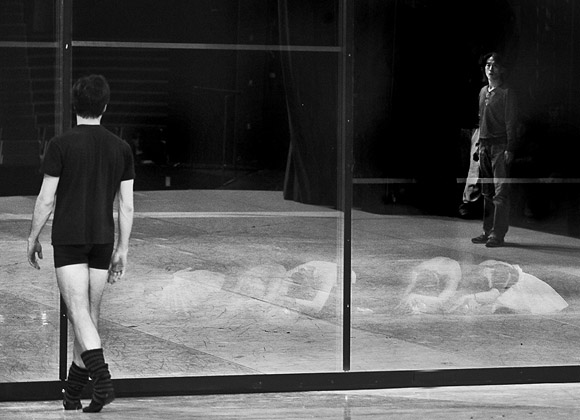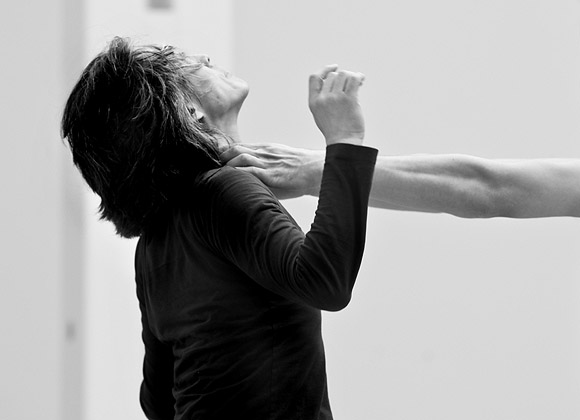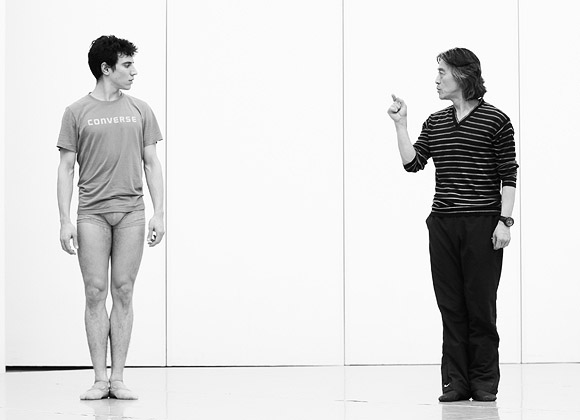“As a team we started to focus on new contexts. It became clear that we wanted to put on stage in various ways the central questions of human existence, playful and intellectual.
In times of limited financial resources and in view of reallocation of cultural funding we are facing, open or hidden, a ghettoization and elimination of art in public. We cannot afford to have the stage become a side show or a personal playground. The times of marginal notes are over”
Bodies, space and structures
Who could measure the positioning of the individual in relation to the human mass better than an artist from the Middle Kingdom? He can tell how human dreams and desires are absorbed and broken by higher order. Each of Xin Peng Wang’s creations speaks in opposition to forced uniformity, leveling, and mental and emotional egalitarianism. For what we lose with those things is our personality, our art, and finally also our society as a vital organism.
Xin Peng Wang does not follow the occidental philosophy, which in a single leaf recognizes the whole tree, from a sand grain makes up a whole continent and imagines an ocean from only one drop of water. For him the leaf, it’s form, color, and structure is independent of its context, as if there were no other leaf and no other view of it except for the present one, this very moment.
Dance. Dreams. Longings
Xin Peng Wang’s figures move in the maze of their longings. His choreographies demonstrate the loss. However, only when the curtain has fallen and we are at home does their message become clear. Here in the sphere of an emotional retrospect, the vibration of dissonance becomes apparent. It tells about the dreams that formed us and the beauty of our illusions. In all this, Wang’s ballets never give up hope for renewal by meeting the other on a higher level, which is the labyrinth of dreams.
It is authenticity and truth put placed above the beauty of illusion.
The one who knows both, the overwhelmingly esthetic presentation on one hand and the strict search for truth on the other hand, he will have to do the one thing without neglecting the other.
All this would not be of much interest if we weren’t still attached to fairy tales, to story ballet, to themes which touch our souls.
“It is not about breaking with traditions. In ballet it is important to always touch the base on which our artform rests. This base is the human being.”


